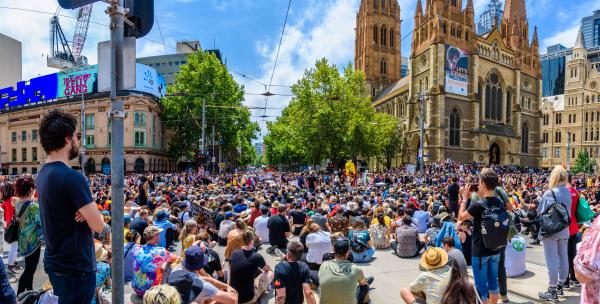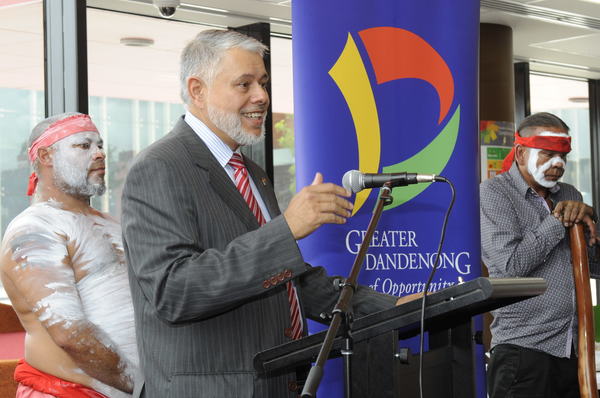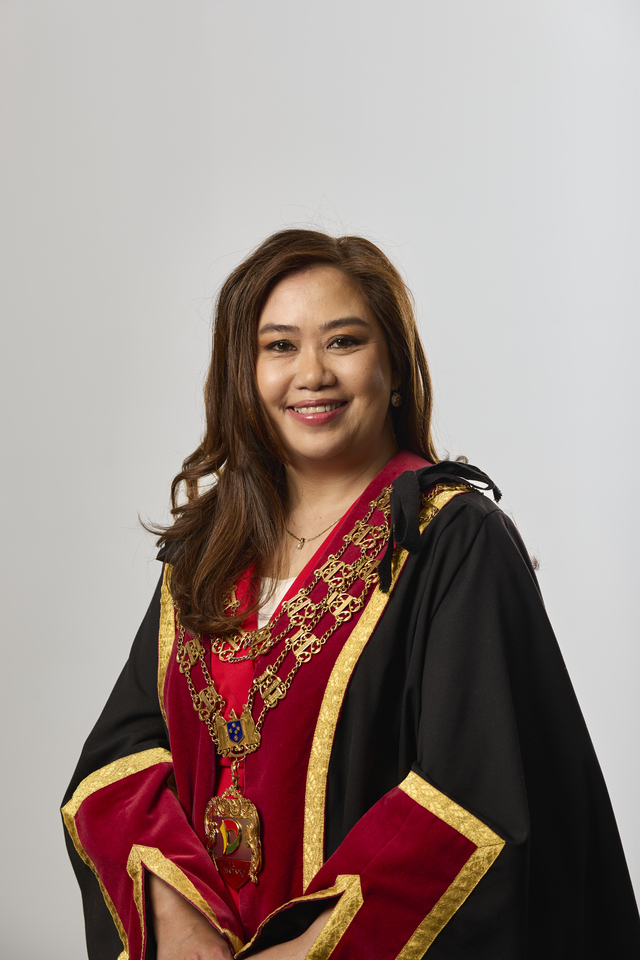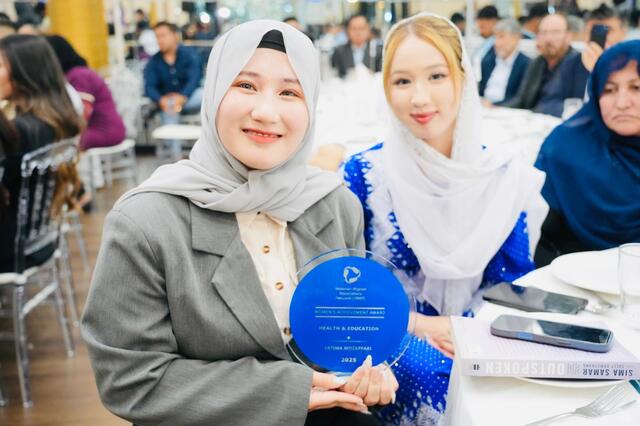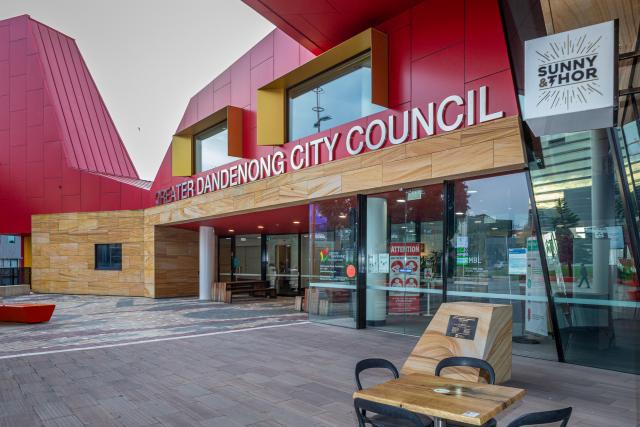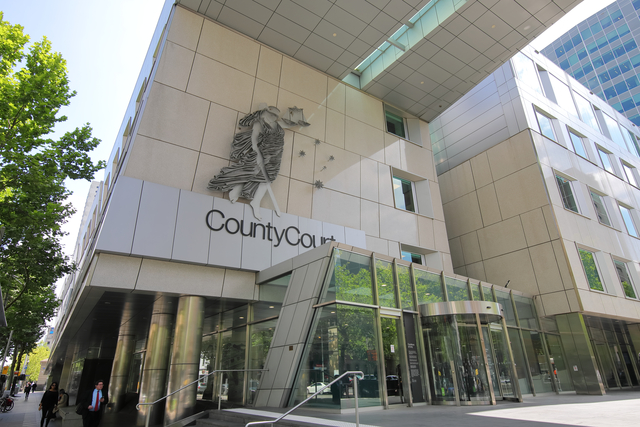In the wake of nation-wide protests against Aboriginal deaths in custody, Andrew Gardiner, chief executive officer of Dandenong and District Aborigines Co-Operative Limited, has suggested police culture needs to change – and is changing – from the top.
While policy may change at the top, it’s at the level of each individual, police station or division that change needs to be seen, he said.
There is historical context to Mr Gardiner’s comments, dating back to 1991’s Royal Commission into Aboriginal Deaths in Custody (RCIADIC). There were 339 Recommendations made in the Royal Commission’s report, with around 70 of those attributed to the police service in each state and territory jurisdiction.
The Aboriginal Justice Agreement with government incudes engagement with police, courts and corrections and was developed in response to the outcomes of the RCIADIC, with signatories committing to working together to improve justice outcomes for Aboriginal people.
“It should be noted that not all police officers are bad; most are good, and some are better than others and given the diversity and multicultural representation in sworn members today, police are scrutinized more nowadays,” he said.
“Critical incidents in recent years have forced police to change their training and practice as society requires a fairer treatment.
“After all, they are sworn to “protect and serve”, not treat people badly and engage in poor behaviour.”
Mr Gardiner decided not to attend the Black Lives Matter protest in Melbourne on Saturday 6 June, out of concern for the health of his community so he could avoid possible transfer.
He said he has heard the organisers had put in as much planning as possible to ensure masks were worn, social distancing was observed, and hand sanitizer was distributed.
However, he has attended similar protests in the past because, he said, “we have to contribute our time and energy to get social change.”
While Mr Gardiner believes police brutality in Australia is not as bad as in the United States, he said we should “expect better” from our police and hold them to a higher standard.
Mr Gardiner knows of police incidents involving Aboriginal people which have escalated in the past.
Where police have the opportunity to de-escalate situations, they should, he said.
Often, both parties go into situations with a perception of how things will be, based on their prior experience.
“You know, ‘expect the unexpected and react’,” Mr Gardiner explained.
“There’s got to be trust on both sides.”
Fortunately, various programs and practises are increasing the positive bond between the Aboriginal community and police.
The annual Darren Knowles Memorial cricket match, jointly organised by Victoria Police and the Aboriginal community around Dandenong, sees the two groups take part in a friendly cricket match whilst building bonds of trust and rapport.
Similarly, there is the Massive Murray Paddle (Blues and Brothers), another large scale event that attracts Aboriginal communities from around the state as well as various police members, who come together to paddle downstream from Cobram to Swan Hill over a week with several nights camping on the river bank.
Over the campfire the participants tell stories and form better relations and respect for each other.
Mr Gardiner said everyone comes away from that event with very different perceptions and understandings of how police are viewed by the Aboriginal community and, importantly, how the Aboriginal community is viewed by police.
The Koori bootcamp is another activity where police take Aboriginal youth to participate in physical fitness activities.
In the Dandenong region, the local Aboriginal Community Justice Panel (ACJP) has been very successful working with police.
Once a person identifies as being Aboriginal the ACJP is contacted and whoever is on duty that day attends the police station to engage with the person to check on their welfare and contact family if necessary.
“The Dandenong police are particularly active with and within our community because they have an Aboriginal Community Liaison officer stationed there who creates those relationships and gives community perspective where necessary,” Mr Gardiner said.
“Events like our Community BBQ, Christmas tree for our community’s children and Back to School Day, along with NAIDOC week activities and Reconciliation Week including Sorry Day and the National Apology all significant events in our annual calendar, and local police attend these because they have made the effort to connect and are accepted.”
Koori Court, an initiative of the Magistrates Court of Victoria, is providing more culturally responsive justice to Aboriginal offenders who have taken responsibility for and pleaded guilty to a criminal offence.
Multicultural awareness programs at the Police Academy are helping to shape more positive attitudes towards different community groups too.
But, Mr Gardiner said, “unfortunately, 45 minutes in a 13-week training program does not make experts in Aboriginal cultural awareness, so it is vitally important that police members coming out of the academy are given the right on-the-job guidance that will produce better police, again to better “protect and serve”.”
Mr Gardiner believes multicultural awareness training should be increased and police should spend time getting to know local community to create trusting and respectful relationships.
“This is being done in the Pacific Islander, Afghan and Sudanese communities,” he said.
“A new Aboriginal Youth Cautioning program that was launched earlier this year is being trialled in the Southern suburbs.”
As the police force becomes more diverse, police members should also listen to their multicultural colleagues to get a better understanding of other cultures, he said.
He stressed he’s not looking for special treatment for Aboriginal people, but rather, fair treatment.
“The BLM protest was there to make a point,” he said.
“People need to be treated fairly and police need to put protocols in place that must be followed.
“Here is an opportunity to make things right; rather than escalating issues, how can they do better?
“It was evident that police were not creating conflict at the BLM protest so it is not true to say that there was police brutality, [though] at a point later as people were making their way home, it has been reported that police used pepper spray on some people at an underground train station.
“We need to continue to build those bridges.”

